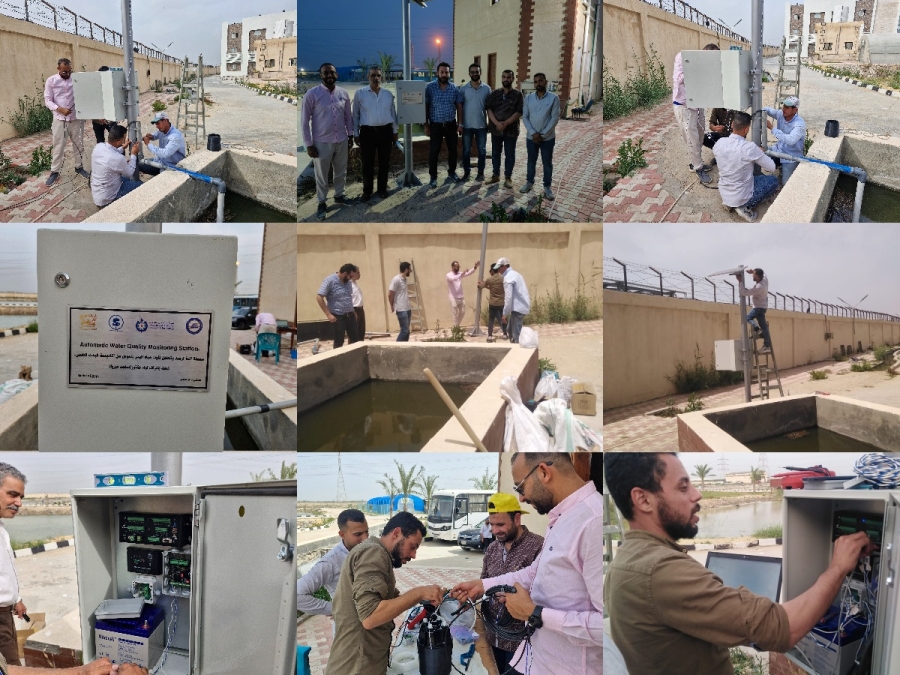
The Implementation of Real-Time Water Quality Monitoring Station
As part of MSA University’s plan to bridge scientific research with industry and work on finding innovative solutions to current challenges in various fields in line with Egypt’s 2030 vision,
The October University for Modern Sciences and Arts (MSA), in collaboration with the National Institute of Oceanography and Fisheries and funded by the Academy of Scientific Research and Technology, has designed and implemented an automated network for monitoring and analyzing pollution in the Mediterranean Sea waters by creating an instantaneous monitoring station for the quality level of agricultural and industrial wastewater.
The station monitors and records various elements such as salinity, oxygen level, temperature, pH, and others. These data are collected through a central software unit that displays, interprets, and analyzes the data from all stations connected to the network and calculates a water quality index according to Egyptian environmental law.
Instantaneous monitoring plays a crucial role in making timely decisions to preserve the Mediterranean Sea waters and fish wealth from damages resulting from various pollution sources. The station operates on solar energy, and the local component represents about 70% of the final product, which helps deepen local manufacturing and localize the technology of environmental monitoring station manufacturing, directly contributing to the production of a large number of these stations and their dissemination nationwide.



